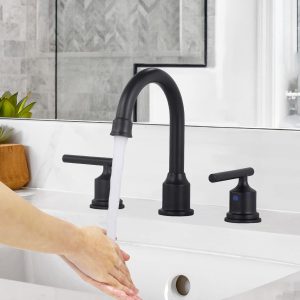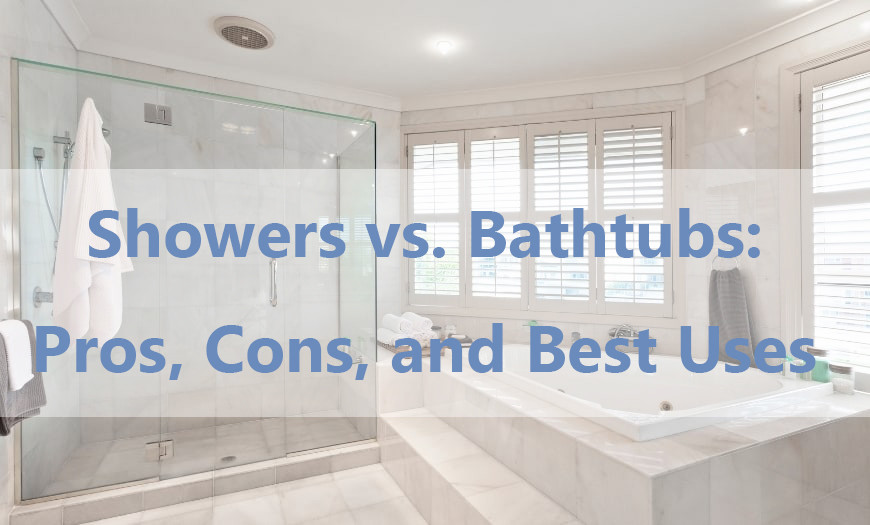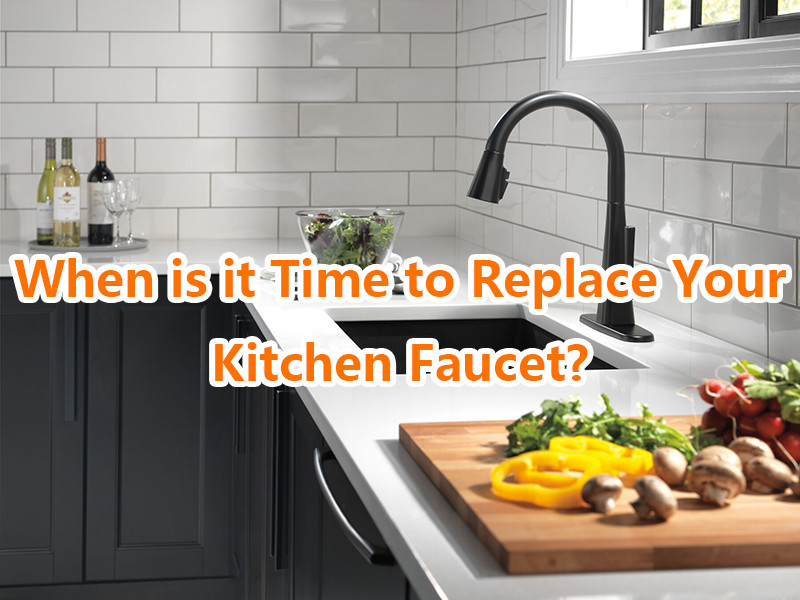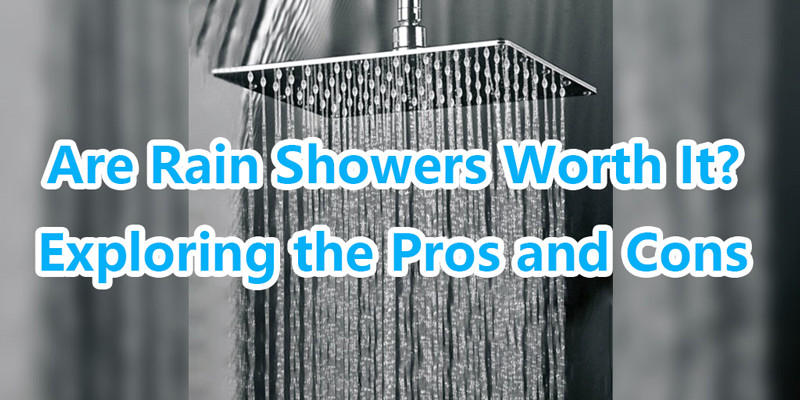
In the realm of water-conscious living, the choice between a low-flow faucet and a standard faucet can significantly impact not just water usage but also environmental sustainability and utility bills. As we explore the nuances of these two options, it becomes evident that the faucet you choose for your home is more than a mere aesthetic decision; it’s a statement about your commitment to water conservation. Let’s dive into the depths of the low flow faucet vs standard faucet debate and uncover the water-saving marvels that could reshape the way we interact with this precious resource.
Low Flow Faucet Vs Standard Faucet
Section 1: Understanding the Basics
Low Flow Faucet: Low-flow faucets are engineered to limit water flow while maintaining optimal functionality. These faucets typically have flow rates ranging from 1.5 to 2.2 gallons per minute (GPM), significantly lower than the standard faucet.
Standard Faucet: Conversely, standard faucets traditionally have higher flow rates, often exceeding 2.5 GPM. While they offer strong water pressure, they can contribute to excessive water consumption.
Section 2: The Water Conservation Angle

Low Flow Faucet: The primary allure of low-flow faucets lies in their water-saving capabilities. By reducing the flow rate, these faucets conserve water without compromising performance. This becomes increasingly crucial in regions facing water scarcity or for individuals looking to minimize their ecological footprint.
Standard Faucet: Standard faucets, while effective, are associated with higher water usage. The strong flow may be satisfying, but it comes at the cost of increased water consumption. This becomes a critical consideration in areas where water conservation is a top priority.
Section 3: The Cost-Efficiency Factor
Low Flow Faucet: Beyond environmental benefits, low-flow faucets can translate into cost savings. The reduced water usage directly impacts utility bills, making them an economically sensible choice in the long run. Many low-flow faucets are also equipped with aerators, enhancing water pressure without compromising efficiency.
Standard Faucet: While standard faucets might offer a robust water flow, this can lead to higher water bills. For budget-conscious individuals, the long-term cost implications of a standard faucet’s water usage might outweigh the initial satisfaction of a powerful stream.
Section 4: Performance and Functionality
Low Flow Faucet: Modern low-flow faucets are designed with advanced technology to deliver an efficient and satisfying experience. Aerators and innovative flow patterns ensure that, despite the reduced water flow, users enjoy a steady and effective stream. Some models even offer adjustable flow settings to cater to varying needs.
Standard Faucet: Standard faucets have long been favored for their powerful water flow, making tasks like washing dishes or filling pots quick and efficient. However, advancements in low-flow faucet technology have narrowed the performance gap, challenging the notion that standard faucets are the only way to achieve satisfactory water pressure.
Section 5: Environmental Impact
Low Flow Faucet: Choosing a low-flow faucet aligns with environmentally conscious living. By reducing water consumption, these faucets contribute to the preservation of freshwater resources and help mitigate the ecological impact of excessive water usage. This becomes particularly significant in regions facing drought conditions or water stress.
Standard Faucet: Standard faucets, with their higher flow rates, can contribute to water wastage. The environmental impact extends beyond individual households to a broader scale, affecting water resources and ecosystems. In the context of global water challenges, opting for a standard faucet might be viewed as less sustainable.
Section 6: Making the Right Choice for Your Home
The decision between a low-flow faucet and a standard faucet ultimately depends on your priorities, lifestyle, and values. Here are some factors to consider:
- Water Conservation Goals: If reducing your water footprint and contributing to conservation efforts is a priority, a low-flow faucet is the clear choice.
- Budget Considerations: While low-flow faucets may have a slightly higher upfront cost, the long-term savings on water bills often offset this initial investment.
- Performance Preferences: If you have specific performance expectations and are accustomed to a strong water flow, test out different low-flow faucet models with advanced features to find one that meets your needs.
- Environmental Consciousness: Consider the broader environmental impact of your choice. Opting for a low-flow faucet aligns with a commitment to sustainable living.
Conclusion:
In the low-flow faucet vs standard faucet debate, the scales tip in favor of water conservation, cost-efficiency, and environmental sustainability with the former. As technology continues to advance, low-flow faucets are proving that they can deliver both performance and water savings, challenging the conventional belief that high water flow is synonymous with effectiveness. Whether you’re aiming to reduce your ecological footprint, save on utility bills, or simply enjoy the advancements in water-saving technology, the low-flow faucet stands as a symbol of responsible and mindful water usage in the modern era. The choice is yours – a conscious step towards sustainability or a continuation of traditional water habits.
 WOWOW Faucets
WOWOW Faucets





您好!Please sign in